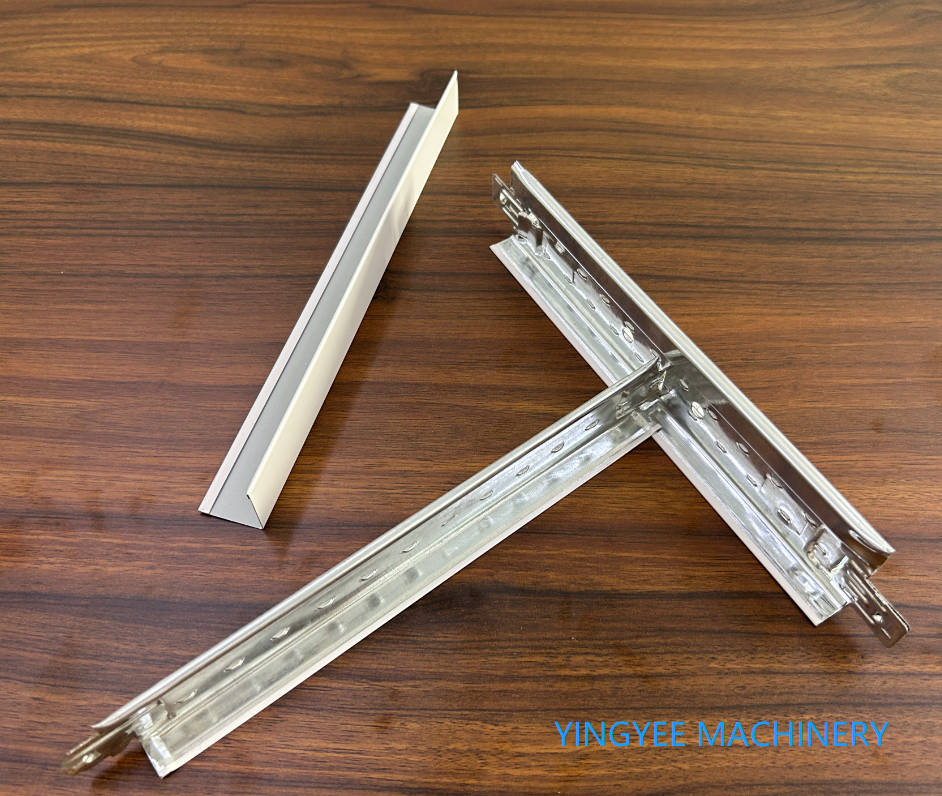
Understanding Purlin Machines Revolutionizing the Steel Building Industry
In the realm of modern construction, the demand for efficient and reliable building materials has never been higher. Among the essential components of a robust building structure, purlins play a crucial role. These horizontal members provide support to roofs and walls in various types of buildings, from warehouses and factories to residential structures. The advent of purlin machines has significantly streamlined the production process, enabling faster, more cost-effective construction without compromising quality.
What is a Purlin Machine?
A purlin machine is a type of roll-forming machinery specifically designed for manufacturing purlins from metal sheets, typically galvanized steel or other alloys. These machines transform flat metal coils into precisely shaped purlins, which can be used in different applications such as roofing systems, wall supports, and more. The versatility of purlin machines allows for the production of various shapes and sizes, including C-purlins, Z-purlins, and U-channels.
The Importance of Purlins in Construction
Purlins serve as a support system for roofs, distributing the weight of roofing materials and any additional loads. By providing structural integrity, they ensure the stability and longevity of the building. Additionally, purlins help in achieving better load distribution, making them essential for buildings subjected to heavy loads, such as industrial facilities and storage units. Therefore, the demand for high-quality purlin manufacturing is critical in meeting industry standards and project specifications.
Advantages of Using Purlin Machines
1. Increased Efficiency Purlin machines are designed for high-speed production, significantly reducing lead times. This efficiency allows construction projects to proceed on schedule, which is crucial in the fast-paced construction industry.
2. Cost-Effective Production Automating the purlin manufacturing process reduces labor costs and minimizes material waste. The precision of roll forming ensures that only the necessary amount of material is used, leading to further savings.

3. Customization Modern purlin machines come equipped with advanced technology that enables the customization of purlins according to specific project requirements. This flexibility ensures that builders can obtain the exact dimensions and shapes needed for their construction projects.
4. Quality Assurance Automated processes mean that purlins are produced with high precision and consistency. This reliability is essential for structural integrity and compliance with building codes.
5. Easy to Operate With user-friendly interfaces, many purlin machines can be operated with minimal training. This ease of use allows companies to train staff quickly and efficiently, optimizing workforce productivity.
Innovations in Purlin Machine Technology
The landscape of purlin machine technology is continually evolving, with manufacturers implementing the latest advancements to enhance performance. Innovations such as computer numerical control (CNC) systems, which allow for more precise cutting and shaping of materials, are becoming increasingly common. Additionally, the integration of software solutions for design and optimization helps engineers and architects create the most efficient building systems.
Conclusion
As the construction industry continues to evolve, the significance of purlin machines cannot be overstated. These machines not only enhance the efficiency and quality of purlin production but also contribute to the overall effectiveness of building construction processes. By investing in high-quality purlin machines, manufacturers can provide the industry with reliable, cost-effective solutions that meet the growing demands of modern construction projects. In a world where speed and efficiency are paramount, purlin machines stand out as a vital component, revolutionizing how we build our structures and shaping the future of the steel building industry.
In summary, the benefits of purlin machines are clear – improving efficiency, reducing costs, and ensuring high-quality results are essential for any construction project aiming for success in the competitive market.